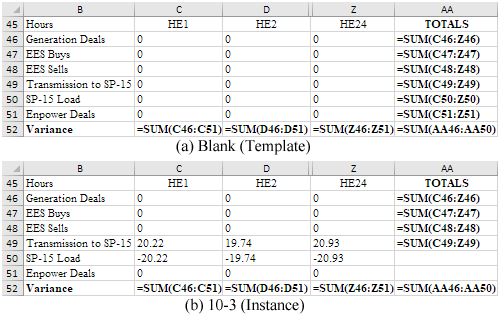Authors
Liang Xu, Wensheng Dou, Jiaxin Zhu, Chushu Gao, Jun Wei, & Tao Huang
Abstract
To reduce the effort of creating similar spreadsheets, end users may create expected spreadsheets from some predesigned templates, which contain necessary table layouts (e.g., headers and styles) and formulas, other than from scratch.
When there are no explicitly predesigned spreadsheet templates, end users often take an existing spreadsheet as the instance template to create a new spreadsheet.
However, improper template design and usage can introduce various issues. For example, a formula error in the template can be easily propagated to all its instances without users noticing.
Since template design and usage are rarely documented in literature and practice, practitioners and researchers lack understanding of them to achieve effective improvement.
In this paper, we conduct the first empirical study on the design and the usage of spreadsheet templates based on 47 predesigned templates (490 instances in total), and 21 instance template groups (168 template and instance pairs in total), extracted from the Enron corpus.
Our study reveals a number of spreadsheet template design and usage issues in practice, and also sheds lights on several interesting research directions.
Sample

Templates usually do not contain actual data. For example, in part (a) the cells C46:Z51 are filled with the default value of zero.
If a template contains errors, then these errors can be propagated to its instances without users noticing.
For example, in the template the formula in cell AA52 is =SUM(AA46:AA50), but it should be =SUM(AA46:AA51). This error was propagated to the instance shown in part (b).
Publication
2018, European Software Engineering Conference and Symposium on the Foundations of Software Engineering (ESEC/FSE), November, pages 734-738
Full article
How are spreadsheet templates used in practice: A case study on Enron
